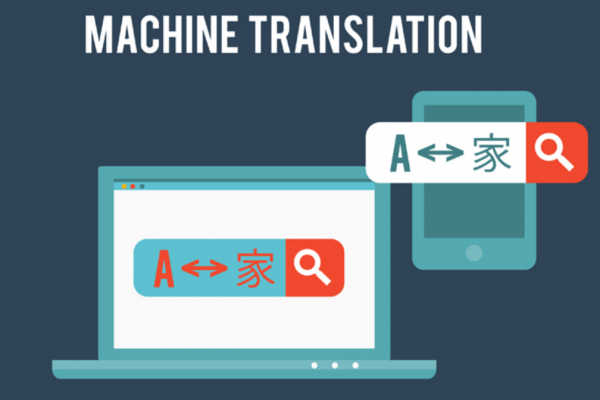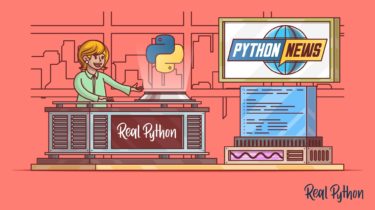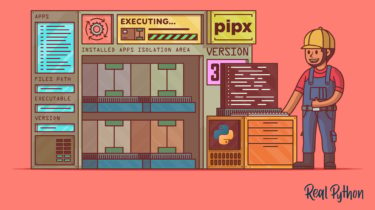Highlights from Machine Translation and Multilinguality in March 2024
Did Translation Models Get More Robust Without Anyone Even Noticing? Folks from Lisbon study how robust the newest MT systems are against source-side noise. Machine translation using large models, including translation-specific NLLB or via LLMs (such as Tower or GPT-3.5), is much more robust both towards synthetic noise (the nice feature of synthetic noise is that you can check the translation quality for different noise levels) and also real-world noisy data from social networks. Tracing the Roots of Facts in […]
Read more




